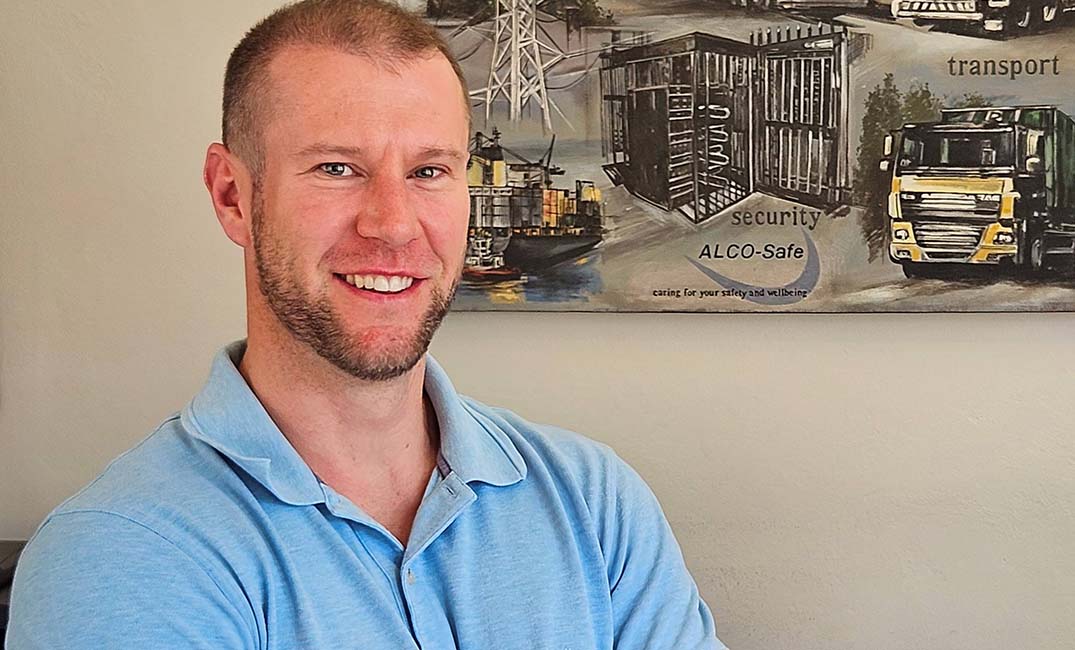Technology has radically transformed every aspect of the way we live and work, writes Rhys Evans, MD of ALCO-Safe.
Notably, alcohol and drug testing have made significant strides in the past two decades, due to remarkable technological advancements. Testing apparatus are now more efficient and precise, and techniques have become simpler and are now capable of identifying a broader range of substances.
While testing can now be conducted swiftly and at a more affordable cost, it is not the only benefit of technological advancements. Breathalyser and drug testing equipment now leverage technologies such as cloud connectivity, biometric authentication, and data analytics to great advantage, giving employers the edge in promoting a healthy, safe, and sober workforce.
Breathalyser testing: Advancements in speed and accuracy
In alcohol testing, significant developments have been made in terms of instrument accuracy, speed, and simplicity. New instruments are faster and more accurate and enable a larger volume of testing to be conducted with ease.
In the past, conducting two or three tests per minute was considered efficient, but now, with improved instruments, up to 14 tests can be conducted per minute, and with greater accuracy. The process of managing large volumes of testing has been drastically streamlined.
Where thousands of mouthpieces were sold to accommodate the testing needs of a single facility, now a few instruments can efficiently test thousands of individuals, eliminating the need for excessive consumables.
Due to cost and time constraints, companies could only test a small percentage of workers, but now with improved instruments, every person can be tested ensuring comprehensive workforce coverage.
Additionally, unmanned instruments have been developed for placement at workplace turnstiles and checkpoints. These instruments are combined with biometrics and access control, compelling individuals to undergo testing before gaining entry. Reporting capabilities have also improved, enabling site managers to effectively monitor on-site activities remotely.
Saliva testing: A game-changer in intoxicating substance detection
In respect of testing for intoxicating substances such as drugs, significant advancements have been made with saliva tests now replacing urine testing. This allows for testing at workplace entrance points without privacy concerns, as both males and females can be tested without discomfort.
Saliva tests provide accurate insights into recent consumption or use due to their shorter detection windows compared to urine tests, which is particularly relevant for cannabis, as its use has become more prevalent and socially acceptable outside working hours.
Unlike urine tests, which will detect cannabis use for up to a week or two, saliva tests only yield positive results if the individual has used cannabis on the same day.
Enhanced substance abuse prevention through technology
Speed and accuracy are not the only benefits that come from advancements in testing technology. The integration of cloud technology, biometrics, and analytics provides employers with valuable tools and analysis for the prevention and identification of substance abuse in the workforce, contributing to safer environments and improved workforce wellness.
Along with streamlining processes, the cloud enables efficient data management, real-time reporting, and remote access, facilitating faster communication and decision-making. Using cloud technology, breathalyser and drug testing instruments and procedures can be connected to a global reporting dashboard, facilitating immediate and secure data sharing among all relevant parties.
Strengthening accuracy and accountability through technology
This enhances process effectiveness and minimises the potential for human error in record keeping, as test information can be securely uploaded and stored.
This also prevents bribery and tampering, ensuring the integrity of results, and such cloud-based data serve as reliable evidence in court, confirming test outcomes and supporting prosecution efforts, where necessary.
Harnessing the potential of technology for workplace safety and wellness
Technology can and should play a pivotal role in assisting employers to fulfil their occupational duty of providing a safe workplace while ensuring a healthy and sober workforce.
Advancements in alcohol and drug testing technologies enable more accurate and efficient testing processes, at a lower cost.
Embracing these technological innovations is strongly recommended to proactively address alcohol and drug-related risks, creating a safer environment, and promoting the overall health and productivity of their workforce.

